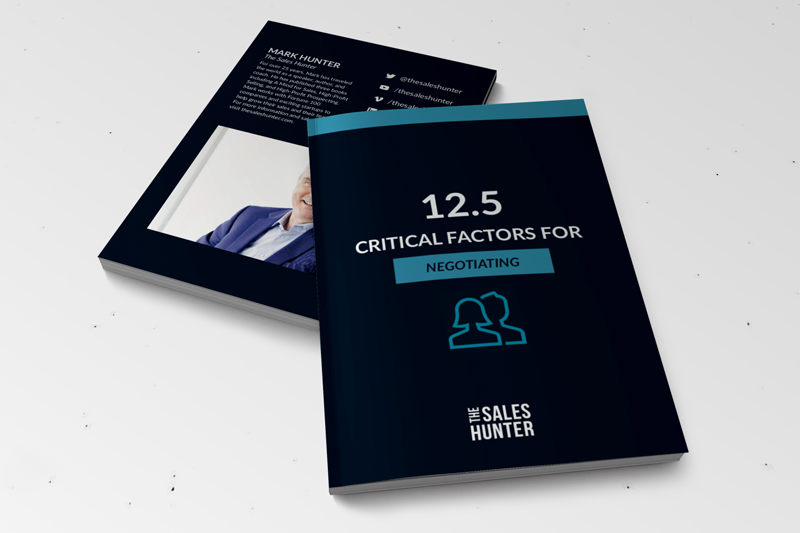Anyone who sells a commodity knows how tough it can be to increase their price. Customers can be very quick to move to a new supplier if they can get it cheaper. Yet, if your source of materials is going up in price, you don’t have a choice. You have to either allow your margins to be cut or get the customer to go along with a higher price.
When you’re faced with this, first take a look at your cost structure. The goal is to not to try to find a way to cut your margins but rather to find an alternative approach that you might be able to leverage with your customers.
One of the first things you can do is look at your true cost of money. What is your cost of capital? What is your available credit? What are your short- and long-term cash flow needs? After you’ve determined what your position is on each of these questions, then you can begin to explore this with your customers.
The idea being to find an alternative approach you might be able to use that will allow you to protect your overall margin while at the same time allowing the customer to feel they’re getting a good deal. The easiest example might be terms. Offering the customer extended terms to pay could be a prime way for them to free up cash-flow, allowing them to not have to finance as much of the inventory you’re selling them. If you have access to cheaper capital than they do, then you could sell them on the extended terms and the higher price. Key with this approach is to fully understand your cost of money and to be able to accurately quantify the additional risk you’ll be taking on.
A second approach would be to have the customer forward-buy from you. In this approach, you’re willing to offer the customer a lower price if they pay you in advance. This approach works for the customer who has access to cheaper money than you do. Your approach is you allow them to continue buying from you at the old price as long as they pay you in advance. This then gives you the money to make your purchases freeing up your money for use somewhere else. You are receiving less for your product but because you don’t have to front the money to buy the inventory, your overall cost structure will be better.
Final technique I’ll share is the approach of altering how you ship. Many customers have unique supply-chain needs. If you can help them deal with these, you will be providing them added. When you’re able to do this, you’re able to allow them to reduce their costs somewhere else, offsetting the increased price you’re charging them. Just like with the other techniques, you need to fully understand in advance how a change of this type could impact your cost structure. Last thing you want to do is offer to your customer a benefit that ends up costing you more than you’re getting in return.
Regardless of what you sell, there are numerous ways to increase your price or minimally protect and even grow your bottom-line when it comes time for you to increase your prices.
The problem many salespeople have is they fail to fully understand how the customer’s supply-chain works and their key financial issues before announcing a price increase. If you wait to find out this type of information after you’ve announced your price increase, it will be far more difficult to develop a plan that works for you and the customer.
If you’re selling a commodity and you announce a price increase without first having a strategy as to how to execute it, then you’re in a very weak position. This is one of the reasons why every salesperson must be selling the price increase 52-weeks a year. By this I mean they have to be always working to uncover information that they can then use when it comes time to announce a price increase.
Copyright 2011, Mark Hunter “The Sales Hunter.” Sales Motivation Blog.











